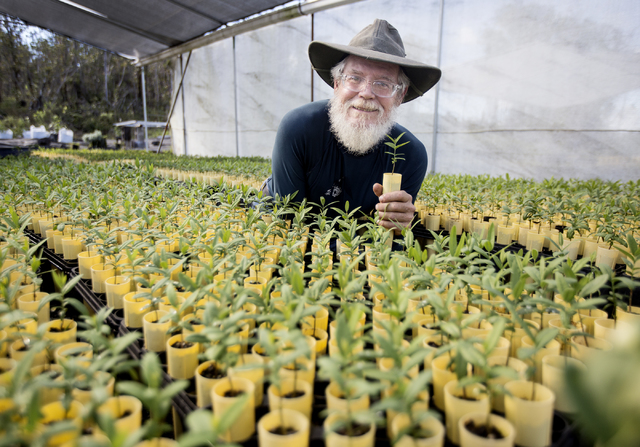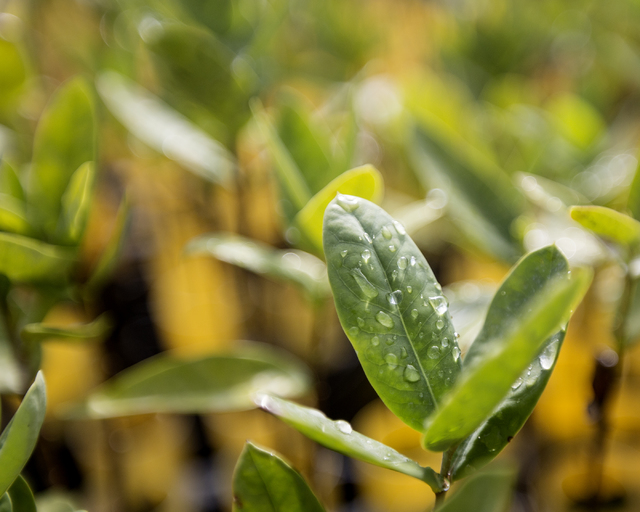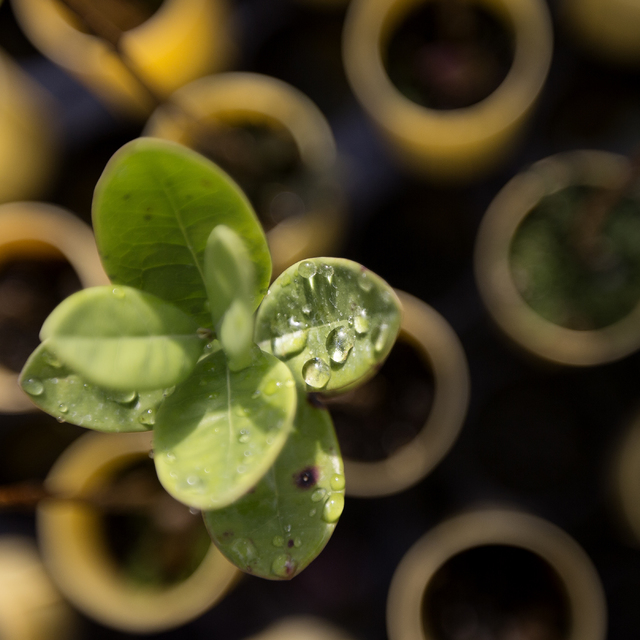An assessment of Hawaii Island’s sandalwood supply is being planned to help state officials improve protection of what remains of the sweet-scented tree.
The Board of Land and Natural Resources authorized the inventory Friday, which will be used to determine if new regulations on its management or harvesting are needed.
Irene Sprecher, forester with the Department of Land and Natural Resources, said in an email that Hawaii Island was selected since it hosts the largest sandalwood stands, with one species considered as a candidate for listing under the International Trade of Endangered Species of Wild Fauna and Flora. The study only will look at state-owned land.
The tree is prized for the oil it produces, and was largely depleted in Hawaii in the early 19th century as it became the islands’ first export product.
Today, invasive species and climate change continue to threaten what remains.
Kamehameha Schools, which owns what’s thought to be the largest sandalwood forest on the leeward side of Mauna Loa, has seen the effects of both.
Kama Dancil, one of its land asset managers, said the large landowner has fenced thousands of acres to keep ungulates away, a conservation effort funded by the harvesting of some of its trees, which are replanted.
Drought, and fires that come with it, is a major concern.
“It’s more of an effort of regeneration than it is an effort of harvesting,” Dancil said. “There has to be some harvest to pay for itself.” All funds raised through harvesting are spent on conservation, he said.
Dancil said their own inventory found more than 30,000 acres inhabited by sandalwood at around 5,000 feet above sea level.
Attempts are being made to re-establish sandalwood elsewhere on the island.
Mark Hanson, who runs the Hawaiian Reforestation Program, said his organization has planted thousands of trees around Mauna Kea.
He said the tree’s nuts are a food source for the endangered palila bird and believes they could also be a key to help propagate the tree.
“I’m trying to develop the sandalwood nut industry,” said Hanson, who grows seedlings on his property in Fern Forest.
“It’s like a coconut-macadamia-pine nut mix.”
That would encourage more planting, he said, without having to harvest the trees.
Dancil said nuts that grow on their trees are too small for that to be commercially viable.
Email Tom Callis at
tcallis@hawaiitribune-
herald.com.











